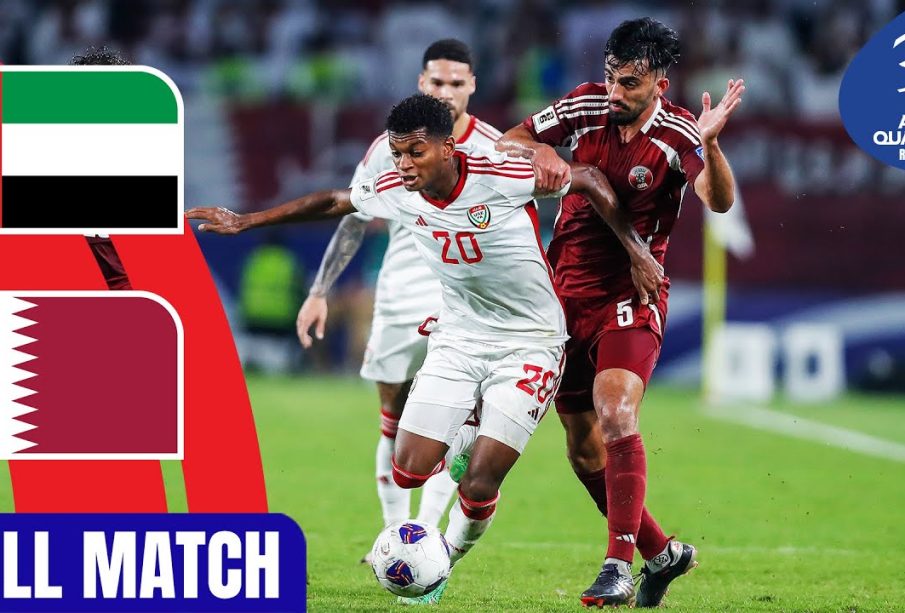Qatar vs United Arab Emirates: A Comparative Overview

Introduction
The tensions and competitive dynamics between Qatar and the United Arab Emirates (UAE) have been at the forefront of Gulf politics in recent years. The two neighbouring countries, rich in petroleum resources and with rapidly growing economies, have acted as key players in the Middle East’s geopolitical landscape. Understanding their rivalry is crucial, especially in the context of sports, diplomacy, and economic development.
Current Events
Historically, the relationship between Qatar and the UAE has oscillated between cooperation and conflict. This was significantly affected by the 2017 regional diplomatic crisis which saw the UAE, alongside Saudi Arabia, Bahrain, and Egypt, impose a blockade on Qatar, accusing it of supporting terrorism. Although the blockade was lifted in January 2021, many underlying issues, including trade wars and differing foreign policies, persist.
Recently, in the context of sports, Qatar has been making headlines globally as it prepares to host the 2022 FIFA World Cup, marking the first time the event is held in the Middle East. This has put significant pressure on the UAE, which has also invested heavily in sports and aims to strengthen its international image.
Economic Comparisons
Economically, both nations have focused on diversifying their economies away from oil dependency. Qatar has made strides with its Liquefied Natural Gas (LNG) production and exports, becoming one of the world’s largest LNG suppliers. Meanwhile, the UAE has diversified into tourism, aviation, and finance, particularly through Dubai’s cosmopolitan development.
Reports indicated a rapid recovery for both countries post-COVID-19, with the UAE reportedly seeing GDP growth of around 3.8% in 2022, while Qatar projected increases linked to the World Cup surge. This economic growth sets a platform for both nations to continue their fierce competition on the world stage.
Political Standing
The political climate between the two nations can also influence their rivalry. The UAE’s diplomatic initiatives, supported by its broader alliances with the West, contrast with Qatar’s relationships with Turkey and Iran. The contrasting alignments create a situation where geopolitical strategies often clash, leading to disputes in regional organisations like the Gulf Cooperation Council (GCC).
Conclusion
In conclusion, the rivalry between Qatar and the United Arab Emirates is multifaceted, encompassing economic, political, and social dimensions. As both nations continue to evolve and expand their international presence, it is likely that their competition will only intensify. This represents both challenges and opportunities in the Gulf region, and monitoring these developments is essential for understanding future dynamics in Middle Eastern geopolitics.









